Training a dog is one of the most rewarding experiences for any pet owner, but some breeds are naturally easier to train than others. If you’re a first-time dog owner or looking for a breed that quickly responds to commands, knowing which are the easiest dogs to train can save you both time and frustration. In this article, we’ll explore the breeds that are known for their trainability, making them ideal companions for anyone seeking a well-behaved, obedient pet.
What Makes a Dog Easiest to Train?

Intelligence
The intelligence of a dog is one of the most essential variables influencing its trainability. Dogs that learn and comprehend orders quickly are inherently simpler to teach. Border Collies and Poodles are often at the top of the list due to their keen intellect and enthusiasm to learn. If you want to understand more about intelligent breeds, see our article, The Smartest Dog Breeds: A Comprehensive Guide.
Willingness To Please
Dogs who are eager to please their owners are more obedient and simpler to teach. Praise and prizes drive these canines to work alongside their humans. Labrador Retrievers, for example, are recognized for their kind demeanor and enthusiasm to please their owners. Learn more about Labradors and other social breeds in our Top 10 Dog Breeds article.
Consistency and patience.
While some dogs are inherently simple to teach, it is vital to remember that consistency and patience are essential for effective training. Even the most intelligent breeds need clear communication and consistent practice to learn instructions.
Top 10 Easiest Dogs to Train
1. Border Collie
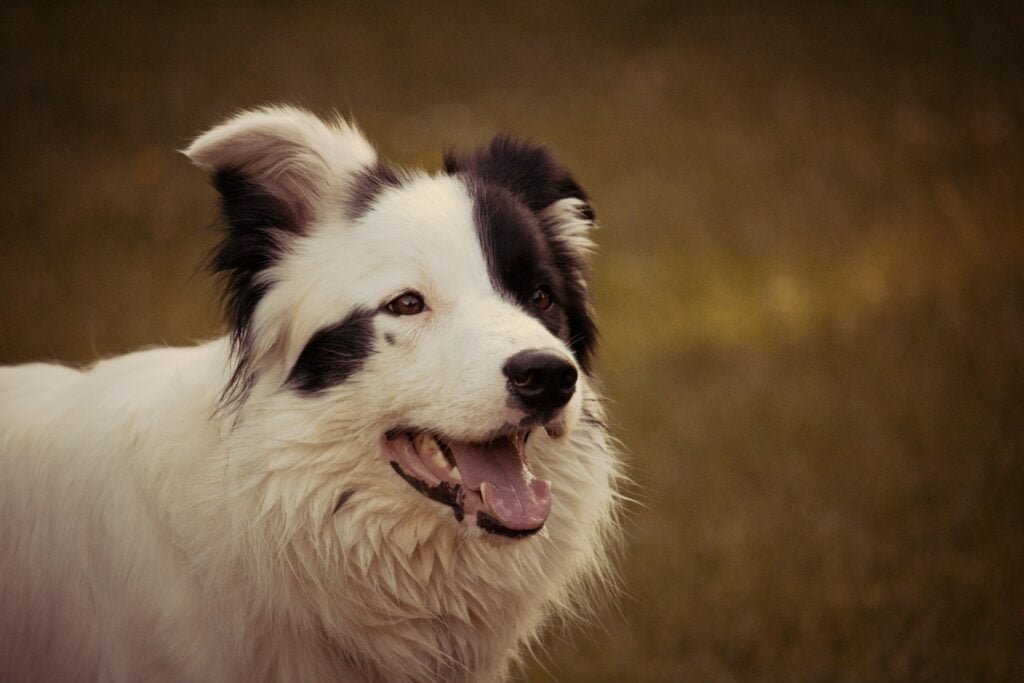
Border Collies are typically regarded as the most intelligent of all dog breeds. Because of their intellect and inexhaustible enthusiasm, they are extremely trainable. These dogs thrive in a variety of dog activities and are fast to learn new commands, making them an excellent option for people seeking an obedient and energetic companion.
2. Poodle
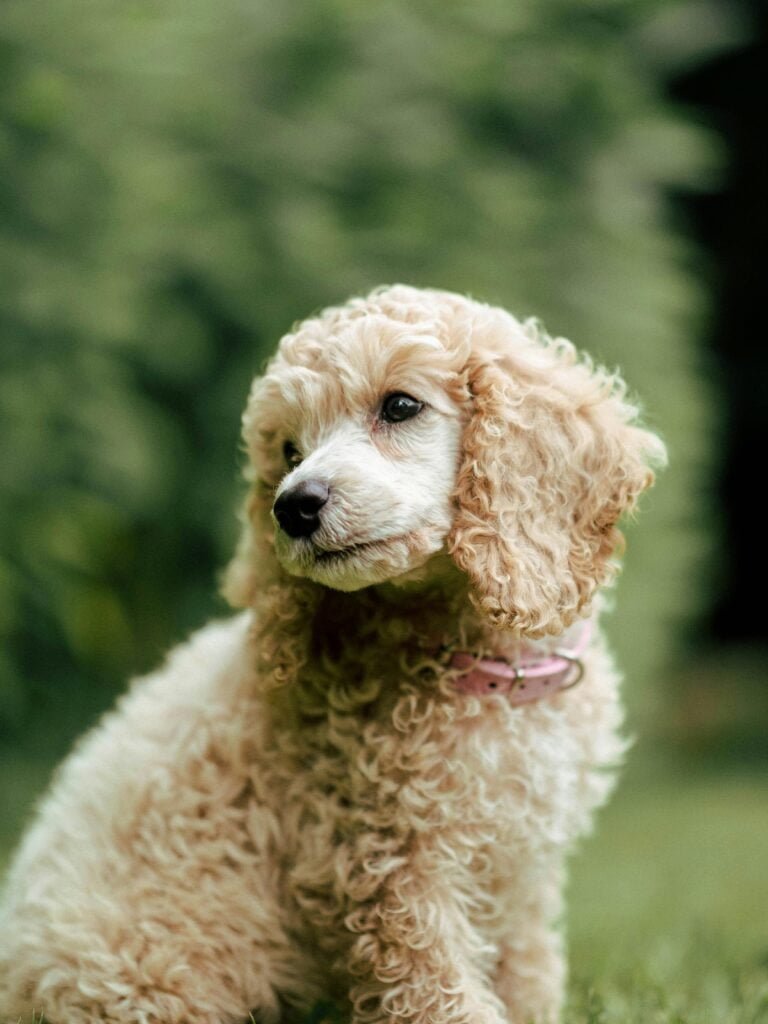
Poodles are noted not just for their unique beauty, but also for their exceptional intellect. They are very flexible and may be taught for a variety of jobs, ranging from simple obedience to complicated feats. Whether you pick a Standard, Miniature, or Toy Poodle, you will discover that these dogs are fast learners.
3. German shepherd

German Shepherds are known for their loyalty and work ethic. They are often utilized in police and military jobs because of their ability to understand orders rapidly and do duties swiftly. With persistent training, a German Shepherd may become a very obedient and dependable friend.
4. Golden Retriever

Golden Retrievers are popular because of their friendly and gentle nature. These dogs are eager to please and react well to positive reinforcement, making them one of the most easily trained breeds. Their innate intellect and friendliness make them ideal therapy and service dogs. If you’re thinking about getting a Golden Retriever, check out Best Dog Breeds for Apartments to see if this breed is a good fit for your living situation.
5. Labrador Retriever
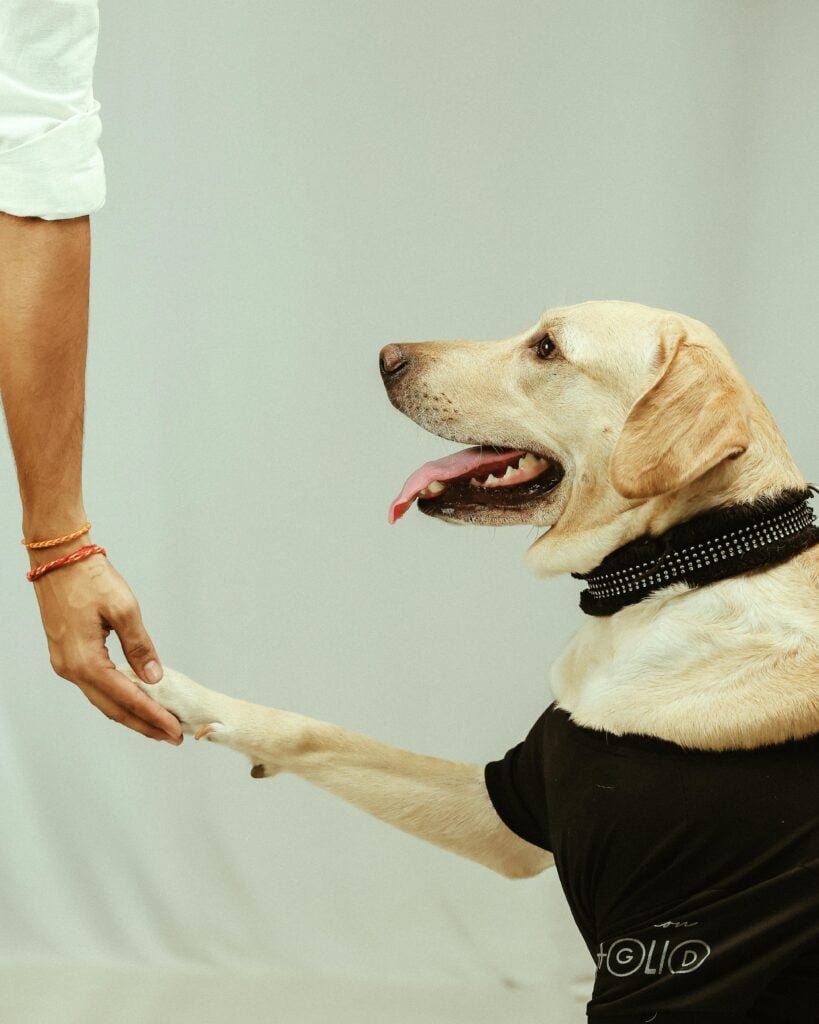
Labrador Retrievers are noted for being affable and extroverted. They are quite gregarious and like interacting with others, making them easily trainable. Food incentives are also very motivating in labs, making training sessions both successful and entertaining.
6. Papillon
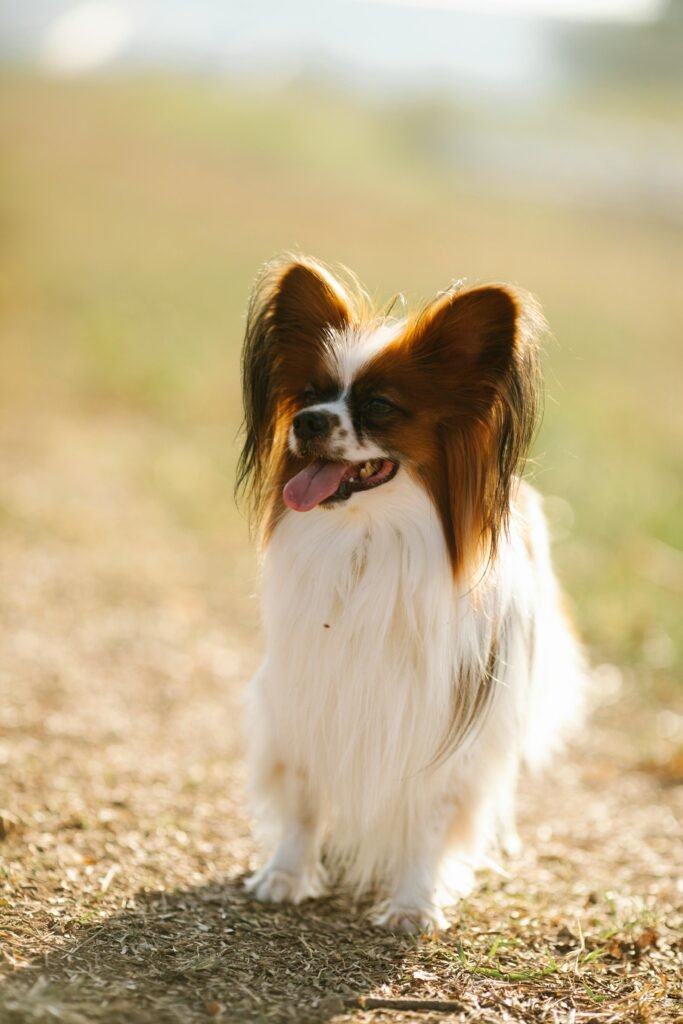
Don’t let their little size deceive you—Papillons are very clever and eager to learn. These little canines are well-known for their rapid learning skills and ability to execute a range of tricks and instructions. They thrive on mental stimulation and are ideal for owners who like interacting with their pets.
7. Shetland Sheepdog

Shetland Sheepdogs (or Shelties) are noted for their herding instincts and rapid learning ability. They respond well to training and like working closely with their owners. Shelties are also noted for their agility, making them a fantastic option for dog sports.
8. Doberman Pinscher

Dobermans are vigilant, clever, and easily trained. They are known for their obedience and are frequently employed in roles requiring discipline and focus. With the right training, a Doberman can be a loyal and well-behaved companion.
9. Australian Shepherd
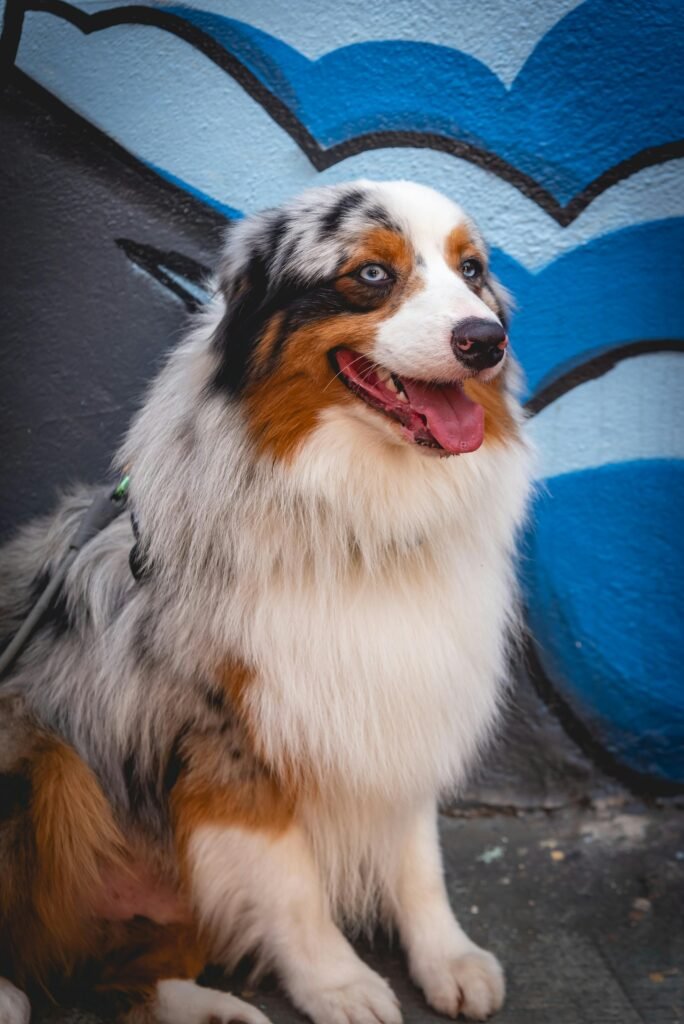
Australian Shepherds are very active, bright, and eager to learn. They are natural herders who excel at mentally and physically demanding activities. These dogs thrive with active owners who can provide ample mental and physical stimulation. If you enjoy keeping your dog active, our How to Groom a Dog: A Comprehensive Guide can help you keep them looking good after those energetic play sessions.
10. Rottweilers

Rottweilers are confident, dependable dogs that respond well to continuous training. They are bright and motivated to work, making them simple to teach for people who understand their requirements. With the right training, a Rottweiler may be a devoted and obedient friend.
Training Tips for Success
Start early
The earlier you begin training your dog, the better. Puppies are like sponges that absorb new knowledge fast. Starting training early helps to form healthy habits and prevent harmful behaviors from emerging. If you’re new to dog ownership.
Use positive reinforcement
Positive reinforcement is a very successful training approach. When your dog properly performs a command, reward them with goodies, praise, or playtime to encourage them to repeat the activity. Our post on the Best Dog Training Collar goes into further information about this strategy.
Be consistent
Consistency is essential in dog training. Use the same orders and incentives each time to avoid confusing your dog. Consistent training helps reinforce the behavior you desire and makes learning simpler for your dog.
Keep Training Sessions Short and Fun
Dogs have limited attention spans, so keep training sessions brief and enjoyable. A 10-15 minute session is usually sufficient to teach or reinforce a directive. Remember to conclude each session on a good note.
Socialization is key
Socialization is equally as vital as obedience training. Introduce your dog to new people, places, and experiences to help them develop well-rounded and confident.
Common Mistakes to Avoid:
Inconsistency
Inconsistency is one of the most common mistakes made when training dogs. Using different commands or not reinforcing rules can confuse and slow your dog’s progress.
Overtraining
While consistency is important, overtraining can cause frustration for both you and your dog. Keep sessions short and sweet, and always conclude on a positive note.
Ignoring Socialization
Focusing primarily on obedience training while disregarding sociability might result in a well-behaved but nervous dog. Make sure your dog has ample opportunities to interact with other dogs and people.
Punishing bad behavior
Punishment is not an effective teaching approach and might destroy your relationship with your dog. Instead of punishing mistakes, focus on reinforcing positive behavior.
The Value of Early Training
Early training creates the basis for a well-behaved and obedient dog. Starting early helps you to set limits and give instructions before harmful habits develop. Puppies are eager to learn, making now the ideal time to begin training. Our Easy Guide to Dog Nail Trimming: Tips for Healthy Paws teaches you more about effective training strategies, emphasizing the importance of patience and consistency.
Training Tools You Will Need
Leashes and Collars
A good-quality leash and collar are necessary for training. They help you keep control during walks and training sessions, ensuring your dog is safe and attentive.
Clickers and Treats
Clickers are fantastic tools for noting the precise time your dog accomplishes a desired action. When used with incentives, clicker training may be a pleasant and effective approach to teach instructions.
Training Books and Videos
There are several resources available to aid you with dog training. Books and videos may give significant insights and approaches to make training simpler and more successful.
Why Does Positive Reinforcement Work Best?
Positive reinforcement supports excellent behavior by rewarding your dog when they complete an instruction successfully. This strategy not only helps your dog learn rapidly but also deepens the link between you and your companion. Dogs react well to praise and prizes, making positive reinforcement the most successful training strategy.
When to Seek Professional Help
Signs You Need a Trainer
If you’re having trouble training your dog or if your dog is acting aggressively or anxiously, it’s time to seek expert assistance. A experienced trainer can give direction and tactics adapted to your dog’s individual requirements.
How to Choose the Right Trainer
Choosing the appropriate trainer is critical to your dog’s success. Look for a trainer with expertise, great evaluations, and a training philosophy that matches yours. A skilled trainer should use positive reinforcement techniques and possess a thorough grasp of canine behavior.
Conclusion
Training your dog is an important aspect of being a good pet owner. You may help your dog succeed by selecting a breed noted for its trainability and following the advice in this article. Remember, consistency, patience, and positive reinforcement are essential for a well-trained and happy dog.
FAQs
What age should I start training my dog?
It’s best to start training as early as possible, ideally when your dog is still a puppy, around 8-12 weeks old.
Are small dogs harder to train?
Not necessarily. While some small breeds can be more stubborn, others, like the Papillon, are very intelligent and easy to train.
How long does it take to train a dog?
Training is an ongoing process, but basic commands can usually be taught within a few weeks with consistent practice.
Can older dogs be trained?
Yes, older dogs can be trained, but it may take more time and patience compared to training a puppy.
What’s the best method to train a dog?
Positive reinforcement is widely considered the best training method, as it encourages good behavior through rewards and praise.